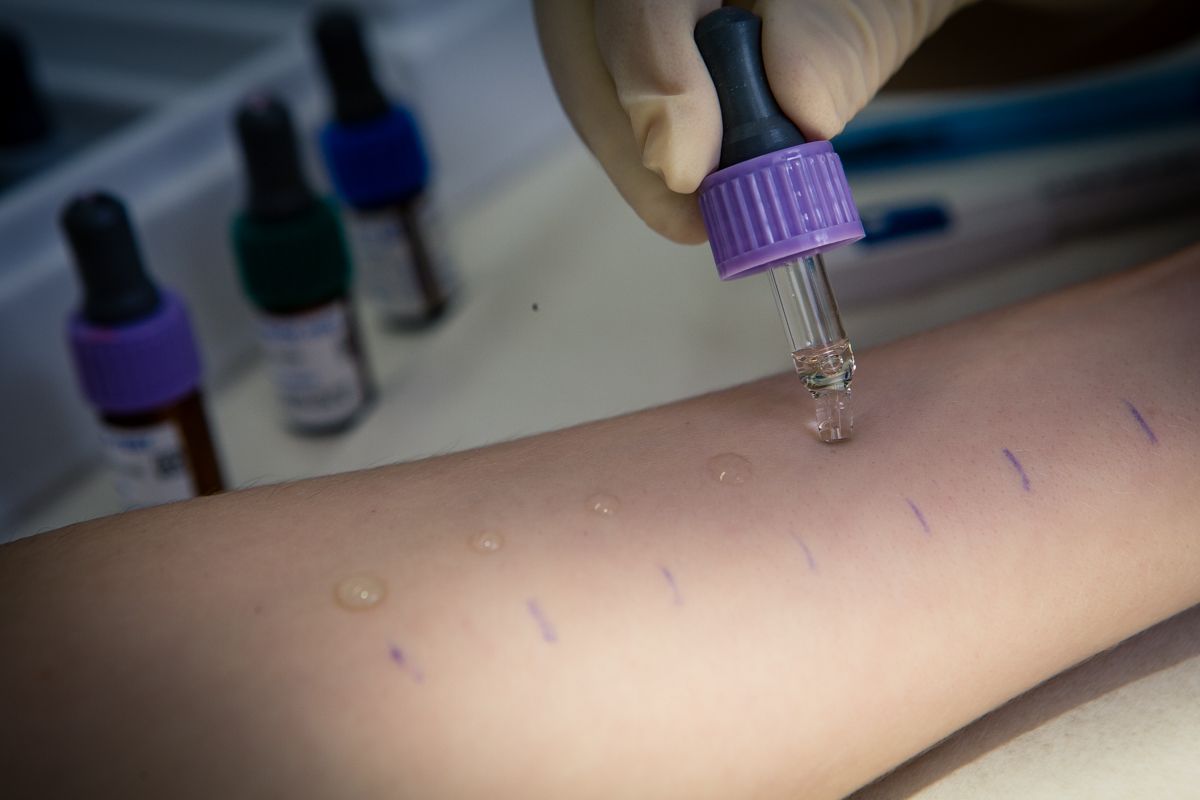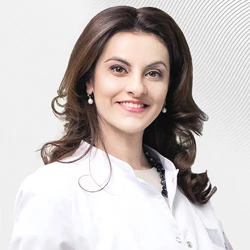All types of seasonal allergy diagnostics are carried out at the EMC, and effective methods of treating hay fever are offered in accordance with modern European protocols.
 Seasonal allergy, or pollinosis, is a disease that develops in sensitized people due to contact with pollen. Sensitization is understood as an increased sensitivity of the body to the effects of an allergen that causes an allergic reaction.
Seasonal allergy, or pollinosis, is a disease that develops in sensitized people due to contact with pollen. Sensitization is understood as an increased sensitivity of the body to the effects of an allergen that causes an allergic reaction.
The most common symptoms of pollinosis in central Russia develop in the period April-May during the flowering of birch trees (birch, alder, hornbeam, hazel). Symptoms of seasonal allergies occur annually almost at the same time in the form of runny nose, stuffy nose, sneezing, burning or itching in the nose and mouth, conjunctivitis (red eyes, feeling of sand in the eyes, itching / burning), coughing, in severe cases, attacks of suffocation. In addition to the characteristic signs of allergies, sleep disorders, fatigue, and increased fatigue are common companions of hay fever.
The peculiarity of birch pollen is that it is lighter than, for example, the pollen of coniferous trees; it has a non-sticky surface, which allows it to be carried by the wind over long distances. Even a small amount of pollen in the air can be enough to cause allergy symptoms.
If allergic to pollen from trees, allergic reactions to certain types of food may also occur. As a rule, these are fruits and berries containing seeds (apples, pears, etc.), as well as nuts, olives, carrots, herbs, spices, etc. Due to the similarity of the structure of the allergens of these products with the birch allergen “betv1”, the immune system reacts not only to pollen, but also to similar molecules contained in food.

Diagnosis of seasonal allergies
The diagnosis of seasonal allergies is based on an assessment of the clinical picture of the disease and a special examination. It includes a blood test for specific immunoglobulins E and conducting skin allergological tests.
Treatment of seasonal allergies during an exacerbation includes symptomatic therapy: antihistamines, local antiallergic agents, systemic anti-inflammatory drugs (in the form of injections and ivs in severe cases), inhalation during asthma attacks, etc. Treatment should be started as early as possible, without waiting for the development of severe forms of allergy.
During remission (autumn-winter), patients with severe allergic reactions to birch pollen may be offered specific treatment aimed at the cause of the disease. We are talking about the only method of pathogenetic treatment of seasonal allergies today - Allergen-specific immune therapy (ASIT). ASIT consists in the sequential introduction of certain doses of allergens into the human body, resulting in the development of "resistance" to the allergen. ASIT helps to reduce or completely eliminate the symptoms of the disease, helps to avoid subsequent sensitisations, and prevents rhinitis from turning into asthma.
EMC allergologists offer modern methods of treating seasonal allergies, according to European and international medical protocols, in particular, sublingual (i.e. sublingual, in the form of drops) the method of performing ASIT, as an alternative to the classical methods of injections into the shoulder. This saves the patient time (treatment is carried out at home with periodic supervision by the attending physician), the route of administration of the drug is safe, and according to numerous studies, this method is not inferior to subcutaneous in terms of effectiveness and final result.
The European Medical Center (Moscow) conducts all types of diagnostics of seasonal allergies, and offers modern methods of treating hay fever, both in exacerbation and in remission, in order to prepare for the next flowering period.







.webp)
.webp)
.webp)







